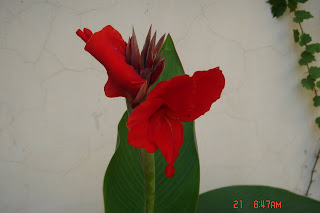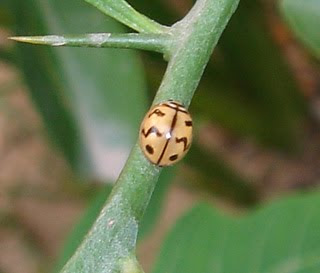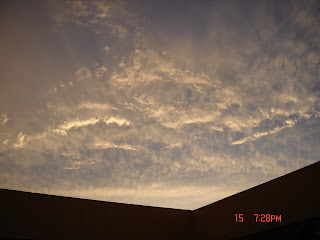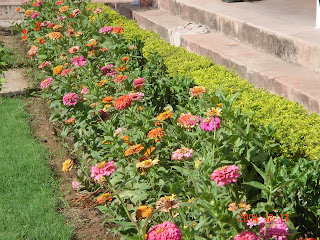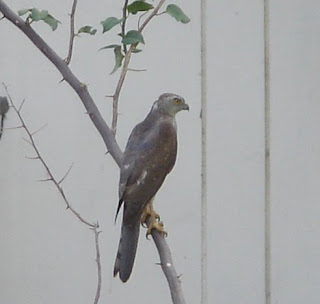
The Anaar tree which bears the Anaar (Pomegranate) fruit is valued in Ayurvedic and Unani systems of medicine. The fruit and its rind have nutritious values and healing properties. The pomegranate is native to the region of Persia and the Himalayan ranges of India.

The bird community seems to realize the value of the pomegranate fruit. Of all the plants and bushes in my garden, the Anaar attracts maximum number of birds at all times.
The soft spoken "white eyes" and the chirpy "bulbuls" relish the red fleshy seeds.


The squirrel, evening brown butterfly and common Castor butterfly are the other regulars I have observed at various times.



Go ahead and plant an anaar tree in your garden!










